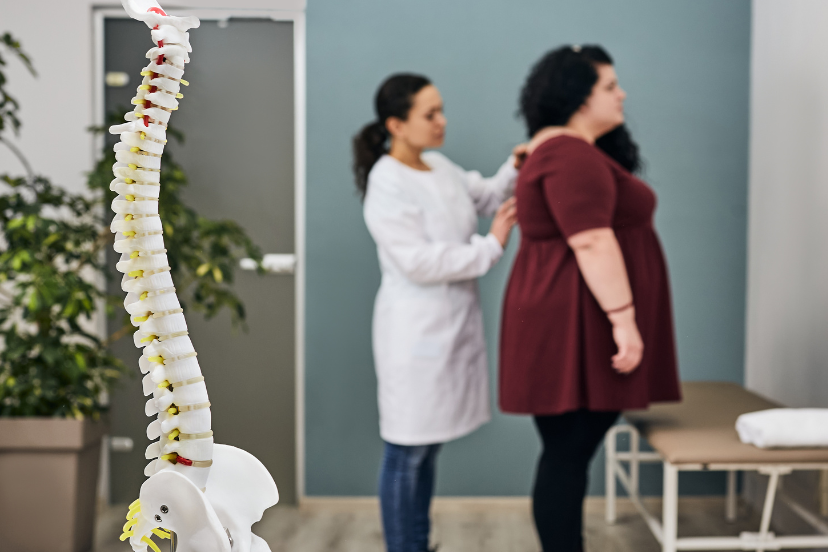The Comprehensive Guide to Different Types of Osteoporosis
Introduction
Welcome to a comprehensive exploration of bone health and the diverse types of osteoporosis. In this guide, we’ll navigate through the complexities of this condition, shedding light on its nuances and empowering you with knowledge to take proactive measures.
Types of Osteoporosis: An Overview
Types of Osteoporosis
Osteoporosis manifests in different forms, each presenting unique challenges and considerations. Let’s delve into the primary types:
1. Primary Osteoporosis
Primary osteoporosis is the most common form, typically associated with aging and hormonal changes. It includes two subtypes: postmenopausal osteoporosis and age-related (senile) osteoporosis.
Postmenopausal Osteoporosis: Occurs in women after menopause due to declining estrogen levels.
Age-Related (Senile) Osteoporosis: Affects both men and women as they age, resulting from natural bone density loss.
2. Secondary Osteoporosis
Secondary osteoporosis arises from underlying medical conditions or medications that impact bone health. Examples include:
- Endocrine disorders (e.g., hyperthyroidism)
- Gastrointestinal diseases (e.g., celiac disease)
- Chronic use of corticosteroids
3. Idiopathic Juvenile Osteoporosis
This rare form affects children and adolescents, characterized by low bone density of unknown cause. Early detection and intervention are crucial for optimal bone development.
4. Osteogenesis Imperfecta
Also known as brittle bone disease, osteogenesis imperfecta is a genetic disorder causing fragile bones prone to fractures. Management focuses on supportive care and fracture prevention.
FAQs – Clarifying Common Queries
Q1: What are the main symptoms of osteoporosis? A1: Common symptoms include bone fractures, loss of height, back pain, and stooped posture.
Q2: Can osteoporosis be prevented? A2: While it cannot always be entirely prevented, lifestyle changes such as regular exercise, adequate calcium intake, and vitamin D supplementation can help reduce the risk.
Q3: How is osteoporosis diagnosed? A3: Diagnosis often involves bone density testing, X-rays, and blood tests to assess bone health and fracture risk.
Q4: What treatments are available for osteoporosis? A4: Treatment may include medications to strengthen bones, hormone therapy, dietary supplements, and lifestyle modifications.
Q5: Is osteoporosis reversible? A5: While bone density loss cannot be entirely reversed, early diagnosis and appropriate treatment can slow down its progression and reduce fracture risk.
Q6: Can men develop osteoporosis? A6: Yes, although osteoporosis is more commonly associated with women, men can also develop the condition, especially with age and certain risk factors.
Conclusion
Understanding the types of osteoporosis is paramount for effective management and prevention strategies. By recognizing the differences, symptoms, and risk factors associated with each type, individuals can take proactive measures to maintain strong and resilient bones throughout life. Remember, bone health is a journey worth prioritizing for overall well-being and quality of life.




